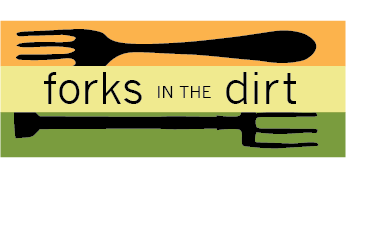These women just had to be my first ‘full on’ farmer interview. They have helped my kids fall deeper in love with many veggies, they’re the only certified organic farmer at our local White Bear Lake Farmer’s Market and they are a great example of giving back and educating their own community.
Let’s back up, shall we so you too can fall head o ver heels with Mhonpaj’s Garden (pronounced mon-pahs).
ver heels with Mhonpaj’s Garden (pronounced mon-pahs).
May is the head farmer, and Mhonpaj, her daughter is the farm manager; their care and love for each other is mirrored in the farm. “She’s my shining star,” Mhonpaj says of her mother.
When I walked into their greenhouse up in Marine on the St. Croix I was hit by two things; May’s smile and the amazing smell.

May at her greenhouse
May’s smile is positively contagious, and the smell of warm earth was heaven after the cold snap mother nature had thrown at us. ( fingers crossed for no more frost!). If you’ve ever taken a stroll through a commercial vegetable greenhouse, or even a floral greenhouse, you’ll remember the smell of chemical fertilizers clinging to you.
In May’s greenhouse, only rich, pleasant organic soil smells wafted by…
May came to Minnesota in 1981, a refugee from Laos. She spent many years picking produce in the summers and assisting farms. Then she watched her mother, who had picked in fields while pesticides were being sprayed the next row over, lose her battle with cancer. At one point the doctors asked if May’s mother had eaten pesticides the cancer in her intestines was so bad. Deeply affected by the loss, both May and Mhonpaj were determined to do things differently moving forward.
Mhonpaj’s experiences around food lead her to a degree in Health Education/Health Fitness. It was during a college trip to Thailand where she saw their practices of sustainable agriculture that she became hooked.
Around the same time Mhonpaj’s fiancé (now husband) took a position as the SE Asian coordinator at the Minnesota Food Association (MFA). He suggested her parents look at MFA because of their love of farming. May enrolled and took the 4-year organic farming program. The program included everything you need to know to become a certified organic farmer in Minnesota. They teach hands-on techniques, technical support, record keeping and marketing.

starting a second planting of green onions
10 years later they are organically farming 6 acres and *almost* making their livings from farming. They rent 4 acres at MFA, and feel lucky to have access to that certified organic land with irrigation, deer fencing and available tillage – all the costly infrastructure pieces that constrain many other farmers from getting started. They also rent and farm a 2-acre parcel in Stillwater.
I got a chance to speak with Laura Hedeen, programs manager at MFA about May. “Everyone values her expertise so much, her knowledge is evident when she teaches,” Laura said. May has been mentoring farmers informally for years, and now is in her third season as an official staff member of MFA, teaching organic farming to immigrant farmers. “She teaches visually, and her techniques are really efficient, we’re lucky to have her help,” Laura added. Then Laura filled me in on a long and impressive list of speaking and teaching engagements ( MOSES Organic Farming Conference speaker, Keynote Speaker at the Immigrant and Minority Farmers Conference, children’s groups, farmers groups etc) that, of course, May didn’t see the need to share.
“Organic farming and gardening, it’s not just a technique, it’s a lifestyle,” was Mhonpaj’s immediate response to my asking if the organic piece was really ‘that’ important to her. Next she said, “what you’re putting into your body matters; what the vegetable comes with, I mean what they put on them, is just as important as the nutrition inside the veggies.” So yes, people- this family is ‘all in’ on growing organic.
Continue reading
Like this:
Like Loading...
 Welcome to KDE Farms
Welcome to KDE Farms







 ver heels with
ver heels with 














